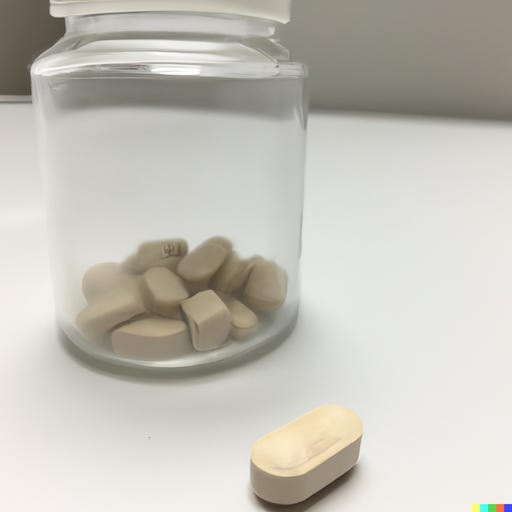1-to-N medicine
All therapeutic interventions start with a medical pioneer suffering from a disease, big or small. Let's focus less on the total number of patients and more on specific humans as living laboratories.
Around five years ago I arrived at the intellectual framework of “N-of-1” or “N=1” clinical trials as a practical business matter even though I had already been contemplating and observing the intersection of highly motivated patient communities and life-saving biomedical research for a decade.

At the time, Perlara 1.0 had just started performing drug repurposing as a service for families and foundations affected by ultra-rare diseases with incidences of fewer than 1 in 100,000 live births and prevalences of 50 to 500 patients in the US.
Both numbers are obvious under-estimates and yet it felt like an insurmountable cost and regulatory challenge to get a clinical trial for a tiny disease like PMM2-CDG, and an even tinier disease like NGLY1-CDG, off the ground.
We understood that the traditional randomized double-blind placebo-controlled clinical trial design was mismatched to the size, needs and day-to-day realities of families suffering from diseases too small to matter compared to larger indication opportunities.
So we flipped the script.
Instead of running away from numbers problem — “there are too few patients” — we embraced N-of-1 as a feature and a selling point. A hack in the best sense of the word: a creatively improvised solution.

The Economies of Rare thesis states that the fewer the patients, the better. Taken to its logical conclusion, a single-patient study of a repurposed drug is the fastest and cheapest possible clinical trial. As I’ll elaborate at the end of this post, the arguments against single-patient studies in general can be neutralized on first principles.
Back to the hack. We realized that the investigator-initiated single-patient IND (spIND) pathway, sometimes referred to as compassionate use or emergency access, would allows us to get agency buy-in for a minimum viable clinical protocol where all efficacy endpoints are exploratory because the purpose of the spIND study is to assess tolerability first.
We also appreciated that drug repurposing afforded us advantages of not only speed and predictability but also a future commercial opportunity that would make an eventual expanded trial with more patients fundable.
Before we initiated Maggie’s pioneer study, Perlara in partnership with Maggie’s family secured an Orphan Drug Designation for epalrestat and, crucially, a Rare Pediatric Disease Designation for PMM2-CDG that would grant a Priority Review Voucher upon NDA if a pivotal Phase 3 trial were successful.
In the process of getting Maggie’s Pearl’s 40-patient Phase 3 study at Mayo Clinic underway — the first two patients were dosed last month and the study is actively recruiting — we outgrew the N-of-1 framework. We believe it was primarily Maggie’s spIND data package, which included dose escalation and pharmacokinetics, that enabled us to leapfrog directly to a pivotal Phase 3 study.
So we flipped the script a second time.
From N-of-1 to 1-to-N.
As Perlara prepares to replicate the Maggie’s Pearl journey with other highly motivated families and foundations, it’s not factual to talk in terms of N-of-1 because we know there are more patients than just the first pioneer. Even in cases like Mila’s which are most appropriate to describe as N=1, in the limit of time and space there will be a second patient somewhere on the planet if there isn’t one or a few undiagnosed people already out there.
The critics and skeptics say things like:
You can’t trust data from one patient.
There’s too much variability from one patient to the next.
You can’t do statistics on N-of-1.
The easiest way to address those concerns is to have synchronous start, geographically distributed single-patient studies. Basically, instead of doing one single-patient study at a time in sequence, run multiple single-patient studies in parallel.
If an intervention has large effect size and the response rate is high, which is another way of saying your therapeutic thesis is solid, you won’t need more than a handful — let’s say 5 — of patients to power the pioneer study and set the stage for a single registrational trial.
We’ll put these principles to the test this year.

